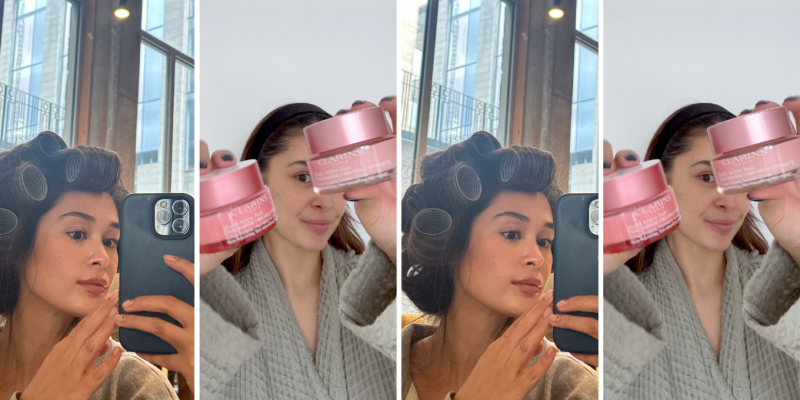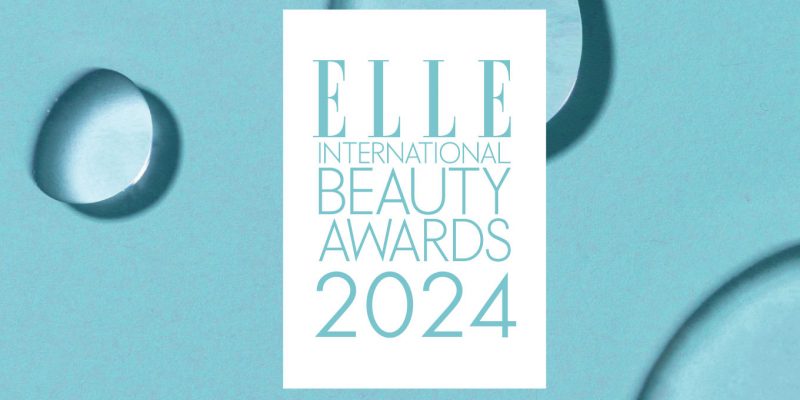Beauty
Beauty's new generation of makeup muses
Car shows, 3-D TV and even boxing matches inspire beauty trend trackers' latest finds.
by : Stephanie Epiro- Sep 20th, 2011
Behind every pretty shade and silky formula in our makeup cabinets are some of the beauty industry’s most influential figures: trend trackers. Though these high-flying forecasters remain under the radar of even the most avid beauty consumers, they are responsible for predicting and creating the hottest new products around—years before we even know we want them.
Trend tracking is “part art and part science,” explains Karen Grant, vice-president and global beauty-industry analyst for the research firm NPD Group. “Trends can start on the street and then later become mainstream. In New York, Miami and Los Angeles, for example, women were using eyeshadows to highlight their cheeks and gold-toned lipsticks on their eyes. This trend eventually led to the development of multipurpose products.”
Grant didn’t spot that trend, but in 2002 she correctly predicted the rise of makeup-artist cosmetics brands. Today, lines such as Vincent Longo, By Terry and NARS comprise more than one-third of the prestige-makeup marketplace. That same year, Grant also identified what would become a massive skin-care trend: cosmeceuticals. Still, she admits that it’s hard to know when she’s onto a winner. “We tend to spot the trends rather early in their cycle,” she explains, “but we don’t know how successful they’ll be.”
What it comes down to is instinct. “Spotting trends involves being sensitive to the needs of the consumer, making gut observations and doing research,” explains Grant. Watching what’s happening culturally around the world, she adds, also helps her develop a sense of what’s next on the horizon.
Ideas don’t always come from far-off locales, but they often pop up in unusual settings. “One of the most recent ideas we brought to market was generated after we watched cold metal being applied to boxers’ faces after each gruelling round in the ring,” says Rebecca Goswell, group creative director at HCT Packaging, a firm that has done work for Dior, Urban Decay and Hugo Boss. “We saw that the metal reduced swelling and provided obvious relief, so we designed a metal applicator that consumers can use to soothe and reduce puffy skin.” The concept took more than two years to develop, but it was snatched up by several companies, including Dior, who used it in its Capture Totale Instant Rescue Eye Treatment.
Product design inspired by function is one thing, but what influences colour trends in beauty? On the catwalks for fall/winter 2011/2012, makeup took a major shift toward rich metallics and look-at-me shades of peacock greens and blues. The lush hues are popping up in eye palettes, pencils and polishes from YSL, Shiseido, Chanel and Dior, to name just a few.
Understated colours are a thing of the past. Find out why on the next page…

The colour mood is certainly bouncing back from the more understated, muted tones of the past several seasons. (Greige nail polish, anyone?)
Trend trackers and beauty editors alike saw this as a response to the recession.
Initial signs of the economy recovering (which now looks less likely) influenced our willingness to embrace more ostentatious colours. “These tones represent a fresh new energy, elegance and rebirth,” says Orrea Light, vice-president of product development for L’Oréal Paris. Light believes that our attraction to deep hues—which are reminiscent of lush forests and seafoam—represents our desire to be closer to nature and away from the techno-crazed world we live in.
Kristina Dryza, a freelance consumer-trend expert, agrees. She says that modern society craves more human contact and a link with nature. “Whatever people aren’t getting in their day-to-day lives—and the craving for it—is their emotional driver,” says Dryza. In beauty, she says, this means that the more wired or linked we become, the more we crave compensatory human contact, like four-handed massages, partners yoga or even getting into the garden at spa to pick our own herbs for a facial.
Put it this way: Perhaps being attracted to a lush forest green is the antithesis to walking around in a plugged-in, hologram-generated world where everyone’s wearing Alexander McQueen armadillo heels and yakking on their iPhones. But—aside from their powerful link to nature—these earthy-green shades also look jaw-droppingly gorgeous on everyone’s eyes.
Light says that she takes trend cues, or “hunches”—which take anywhere from two to five years, from idea to finished product, to implement—from all kinds of industries.
Food, pop culture, design and architecture are all triggers. “I’m a sponge,” she says. “In the beauty sector, there tends to be a lot of sameness, so we need to look at the culture around us. When I’m not at work, I’m looking at parallels in other industries, like textiles.” Light spotted a filmy batiste organdy at a fabric trade show that inspired her to develop a lightweight, super-sheer face product for L’Oréal Paris that will launch in 2012.
On her travels a few years ago, Light noticed the rise of podlike accommodations, such as the capsules in Japanese airports where travellers can take naps. She also marvelled at the sophisticated design of pod hotels in Copenhagen. Even spas were offering flotation treatments that take place in egglike objects. “I started to think that maybe consumers’ tolerance for wastefulness was waning,” she says. “I suspected that they wanted us to strip things down.
What do car shows and makeup trends have in common? Find out on the next page…

What they want is the makeup, not excess packaging.” We’re definitely seeing less packaging today, but Light suggests that it has more to do with the minimalist ripple effect of the capsule trend than with the pods alone.
To keep tabs on technical advances in paint and trends in colour, Light attends car shows. At a European show in 2010, she zeroed in on a “gorgeous” bronze shade that Range Rover used as its statement colour. Intrigued, Light (rightfully) predicted that the colour would find its way into makeup palettes this fall. “Bronze is the new metallic,” she says, adding that we will continue to see this It colour well into 2012.
The idea of 3-D makeup may sound far-fetched, but researchers are picking up on this tech trend, which first surfaced in video games, television and movies. Intercos, an Italian cosmetics manufacturer that works with the world’s top beauty companies, has developed a 3-D-inspired special-effects powder called Prisma Shine. While the company won’t say who it collaborated with, it confirmed that 3-D moulded blushes and bronzers are already on the market. Madina Ferrari, creative director for Intercos, also used this special-effects powder to design a product that makes skin look “hyperreal”—like something out of a retouched photograph.
The goal was to ensure that the product—a translucent powder that reflects light in a flattering way—wasn’t simply a case of form over function. “We wanted strong, pure, translucent colour that doesn’t just ‘sit’ on the skin,” explains Ferrari. While she hopes that, come spring, the Prisma Shine technology will find its way into your makeup bag via a big beauty brand, Ferrari and other trend trackers are already finetuning beauty’s new look for 2013 and beyond.
Whatever is in the cards—maybe we will be buying agate eyeshadow or a moisturizer that works like a lip plumper for the furrowed-brow area—the trend trackers are keeping their ideas locked away…for now.
“It’s an amazing time to be in the beauty industry because what’s acceptable now is so different from the past,” says Light. “Blue and green nail polish wouldn’t have been the norm a decade ago; now, no one even blinks at it. The future of beauty is infinite.”
Read more:
Best red lipsticks under $30
Fall beauty must: Bold brows
Fall nail polish trends
Newsletter
Join our mailing list for the latest and biggest in fashion trends, beauty, culture and celebrity.
Read Next
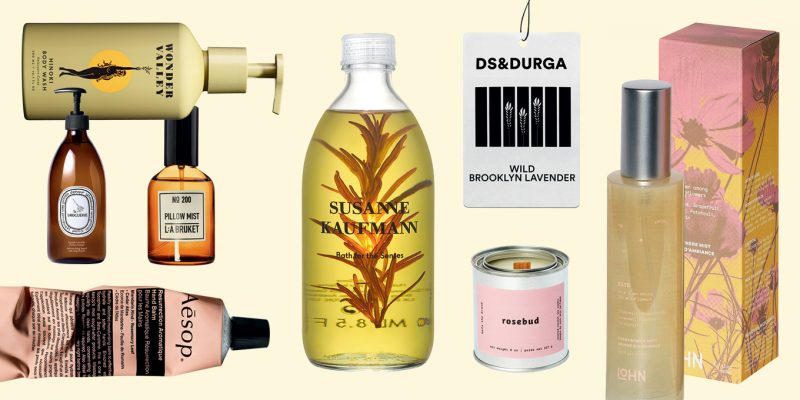
Beauty
10 Luxe Household Scents That Smell Amazing
Including Diptyque dishwashing liquid, Canadian-made room sprays and so much more.
by : Katherine Lalancette- Apr 17th, 2024
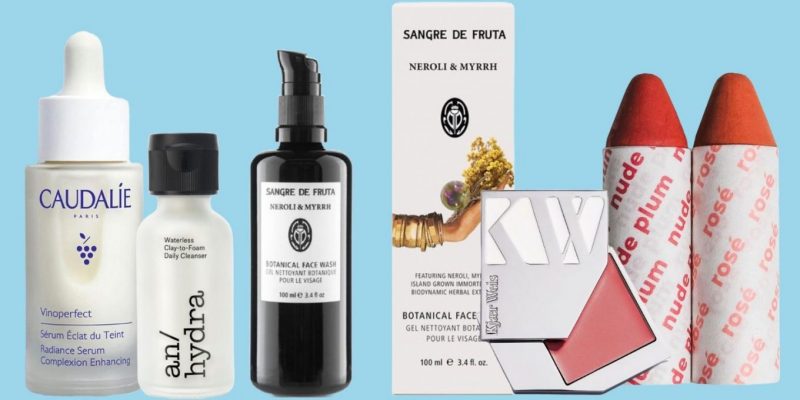
Beauty
10 Sustainable Beauty Brands to Know About This Earth Month
Refillable, Waterless and sustainable, oh my!
by : Allie Turner- Apr 17th, 2024
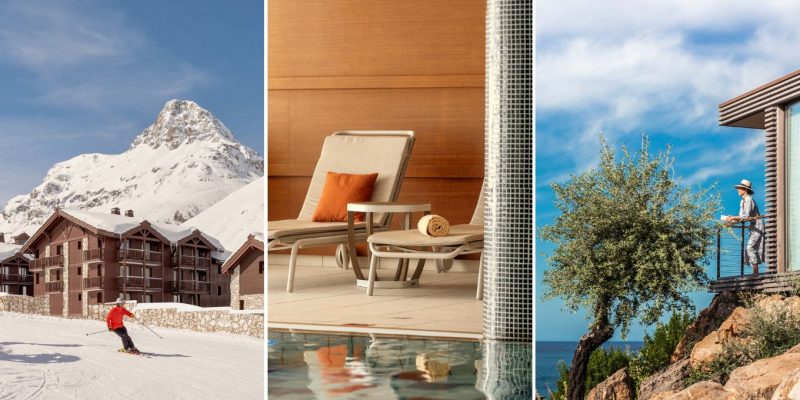
Culture
Discover Club Med’s Stunning Exclusive Collection
Vacation destinations that bring pure luxury and comfort.
by : ELLE Canada- Apr 8th, 2024

